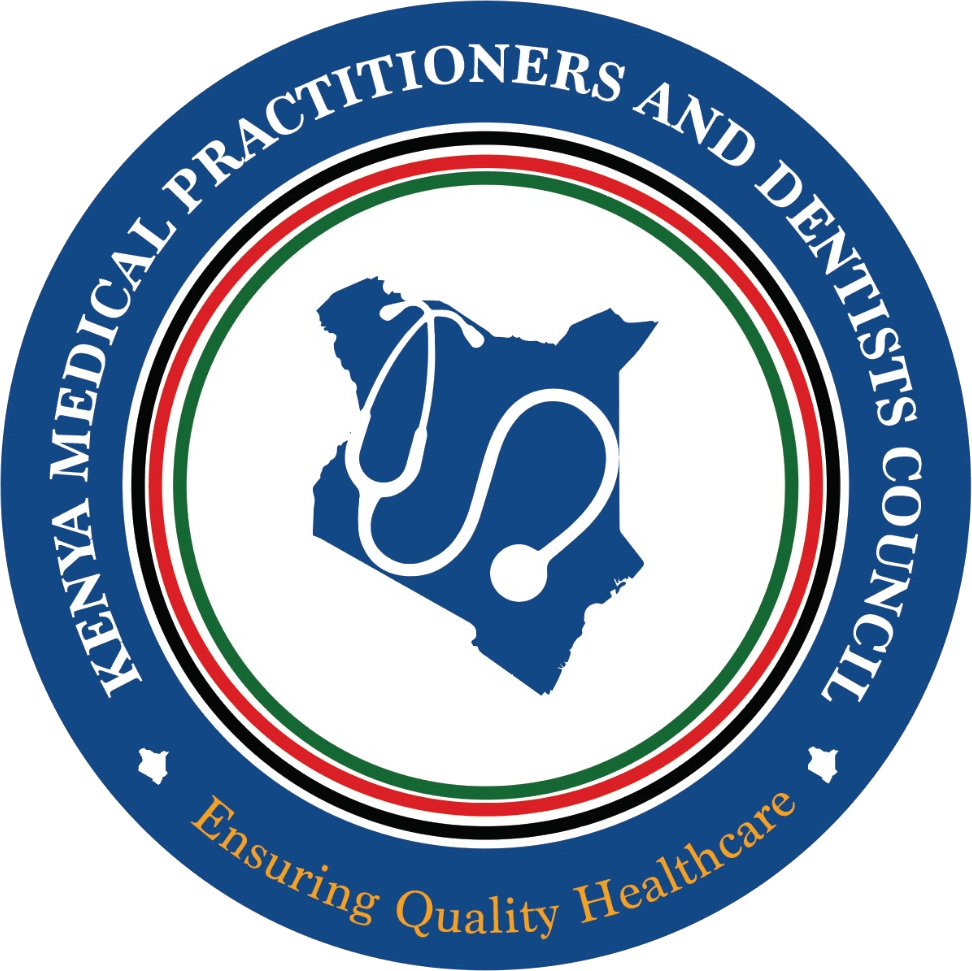Sep 3, 2025
Ending on:
Sep 3, 2025
Moderator(s):
Dental Surgeon Immediate Past President Kenya Dental Association
NAIROBI
Max Credits:
5 Points
Provider:
Kenya Dental Association
Claim Points
IMPLANTOLOGY STUDY CLUB
Sep 3, 2025
Sep 3, 2025
NAIROBI
Description
1) Introduction to the SKY System — This 30-minute session introduces participants to the SKY® implant portfolio (narrowSKY, blueSKY, classicSKY, copaSKY, and whiteSKY), highlighting their clinical indications, biomechanical advantages, and restorative workflows. The lecture emphasizes how implant design features—including thread geometry, implant–abutment connection, and surface technology—support predictable osseointegration, primary stability, and immediate loading protocols. Delegates will also learn how to align implant selection with prosthetic requirements, ranging from single tooth replacement to full-arch reconstructions (e.g., SKY fast & fixed). Learning Objectives By the end of the session, participants should be able to: 1. Describe the features and components of the SKY implant system and their intended clinical indications. 2. Relate implant design principles to treatment planning and loading protocols. 3. Identify clinical cases suitable for narrow, tissue-level, conical connection, and zirconia SKY implants. Expected Learning Outcomes • Confidently select appropriate SKY implants for different bone qualities and restorative scenarios. • Integrate SKY implant design principles into everyday treatment planning. • Reflect on current implant choice in practice and assess whether SKY portfolio solutions could enhance patient outcomes.
Objectives
Presenters
-
Dr.
Hussein Muchuka
-
Dr.
Andrew Wetende
-
Prof.
Dilip Deshpande

